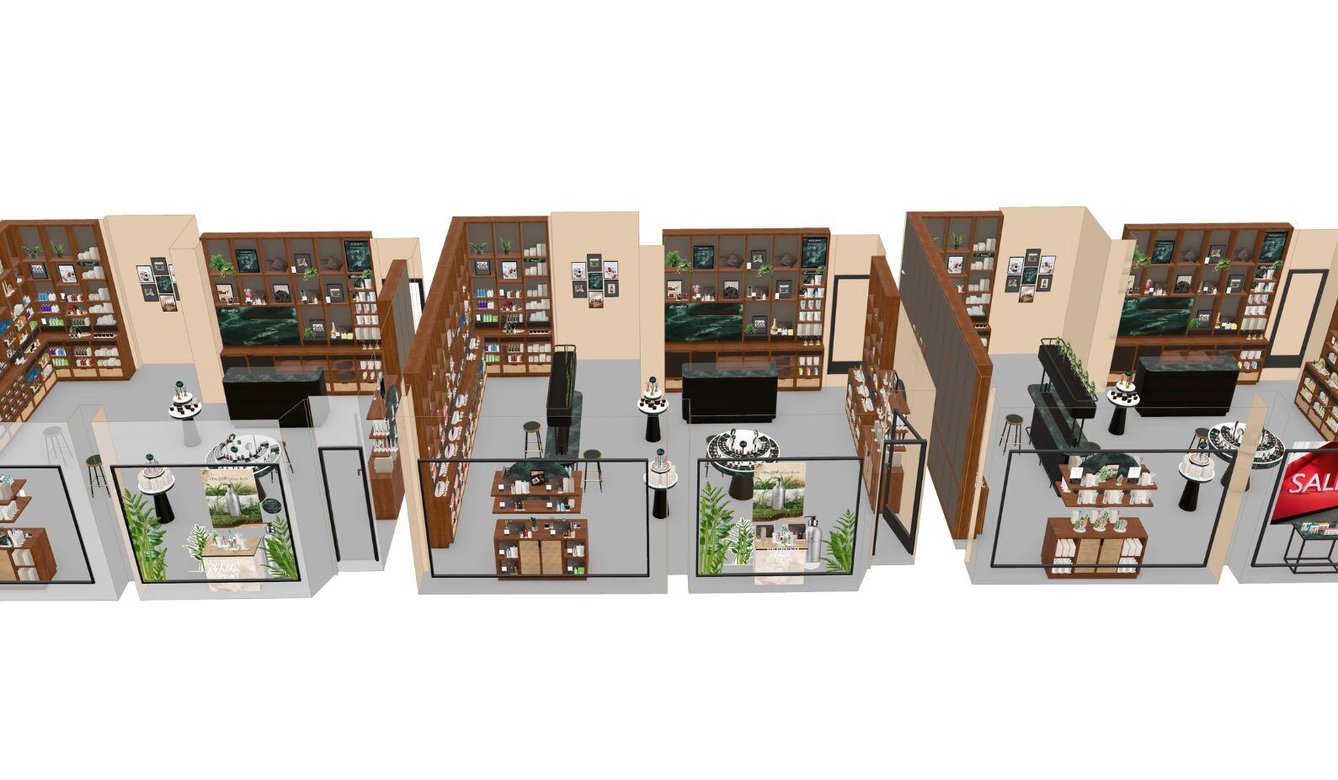Streamlining Visual Merchandising with Technology: Lessons from Beauty Brands

Streamlining Visual Merchandising with Technology: Lessons from Beauty Brands
Visual merchandising isn't just about setting up product displays and ensuring they're visually appealing.
While in-store execution is a crucial component of retail success, we would argue that the displays people see in-store are just the tip of the iceberg. There's so much more that goes on behind the scenes—including crafting ideas, getting leadership approvals, determining the right product mix, and ensuring compliance.
Needless to say, there are a lot of moving parts in visual merchandising. The best teams are the ones that collaborate well and equip themselves with the right tools.
This is particularly important in the beauty industry. It's an incredibly competitive category, with constant innovation and consumer demand for the latest trends.
In this article, we examine the two beauty brands—Avon and Molton—and highlight their visual merchandising best practices. Specifically, we'll explore how they use technology to enhance efficiency, consistency, and compliance with in-store execution.
Avon digitizes its merchandising strategy
Avon sells a wide range of beauty products in multiple retail stores, including supermarkets. As such, many people need to align on Avon's merchandising strategy to ensure proper in-store execution.
This used to be a manual process for Avon. Janine Goyena from Avon Philippines' channel enablement team says they used to rely on Excel files for their planogram requirements. Aside from being tedious, the system was text-heavy and lacked visual clarity.
So, Avon switched to IWD, leveraging the platform's planogram capabilities. This move, says Janine, made their planograms easier to grasp, understand, and implement.
"It's not just about the nice display… there's a science behind it because you compute how many [products] should be there," she explains.
IWD made it easy to determine what products (and how many items) should be included in the displays so Avon's in-store could execute without a hitch. "It really helped me, my team, as well as our staff all over the country because it's easier for them to have a guide if the products are there and how many items should be displayed."
Digitizing their visual merchandising process also allowed Avon's teams to stay connected and collaborate more effectively, which translates to an improved shopping experience.
According to Janine, "There's a clearer process on how we do our displays in store. [IWD] connected with everyone—coming from the head office, going down to the staff until to our customer."
She continues, "We want to have this software because we want to help our staff maximize their time, and of course, in the end, we want a happy shopper to have a great shopping experience."
Molton Brown achieves visual merchandising consistency and compliance

While Photoshop is a powerful tool for graphic design, it's not conducive to creating and sharing planograms, especially when those planograms need to be shared and applied by different teams.
This is a lesson that the luxury bath and beauty brand Molton Brown learned after facing multiple compliance and execution challenges.
"Before implementing the IWD software, we used to create all planograms and visual proposals in Photoshop, which was often time-consuming, inaccurate, and unprofessional. Our stores and partners had to use generic planograms and apply them to their own space, which left room for local interpretation, causing compliance and governance issues," explains Jessica Terry, Senior Manager of Visual Merchandising & Store Design at Molton Brown Global.
According to Jessica, The Molton Brown team also grappled with an inefficient sign-off process. They had to physically manage leadership approvals in their head office or one of their central London stores, which proved to be time-consuming and costly.
Molton Brown found a better solution in IWD and decided to implement the platform. In doing so, Jessica says they were to achieve consistency with their catalogs, leading to greater brand uniformity.
"Throughout the setup, we learned a lot about our own catalog, and during integration, we realized what best practices we needed to develop, such as naming and code conventions within our database."
IWD also enabled Molton Brown to improve how their stores abroad are merchandised. Plus, looping in team members has become much more convenient because they do it remotely.
"We can now create bespoke planograms for all standalone and new international stores. This process has improved compliance and has been more efficient in terms of training. We can now take store managers through each space in a virtual walkthrough on Microsoft Teams, which has improved time management and reduced travel costs."
bringing it all together
Avon and Molton Brown have transformed their visual merchandising strategies. Thanks to the right technology, they achieved higher levels of consistency, efficiency, and compliance. Aside from benefiting their internal teams, the streamlined processes also enhanced their customer's in-store experiences, proving that adopting the right tools can significantly impact a brand's success in the competitive beauty industry.
Interested in achieving the same results? IWD's world-leading visual merchandising software gives you powerful tools to uplevel your in-store merchandising execution.
Create planograms within the software and share them with your teams to ensure flawless execution. And with built-in merchandising analytics tools, you can gain insights into performance and optimize your strategies.
Learn more about IWD and take a demo today.
Follow IWD on Facebook, LinkedIn, and Instagram or subscribe to our newsletter.





